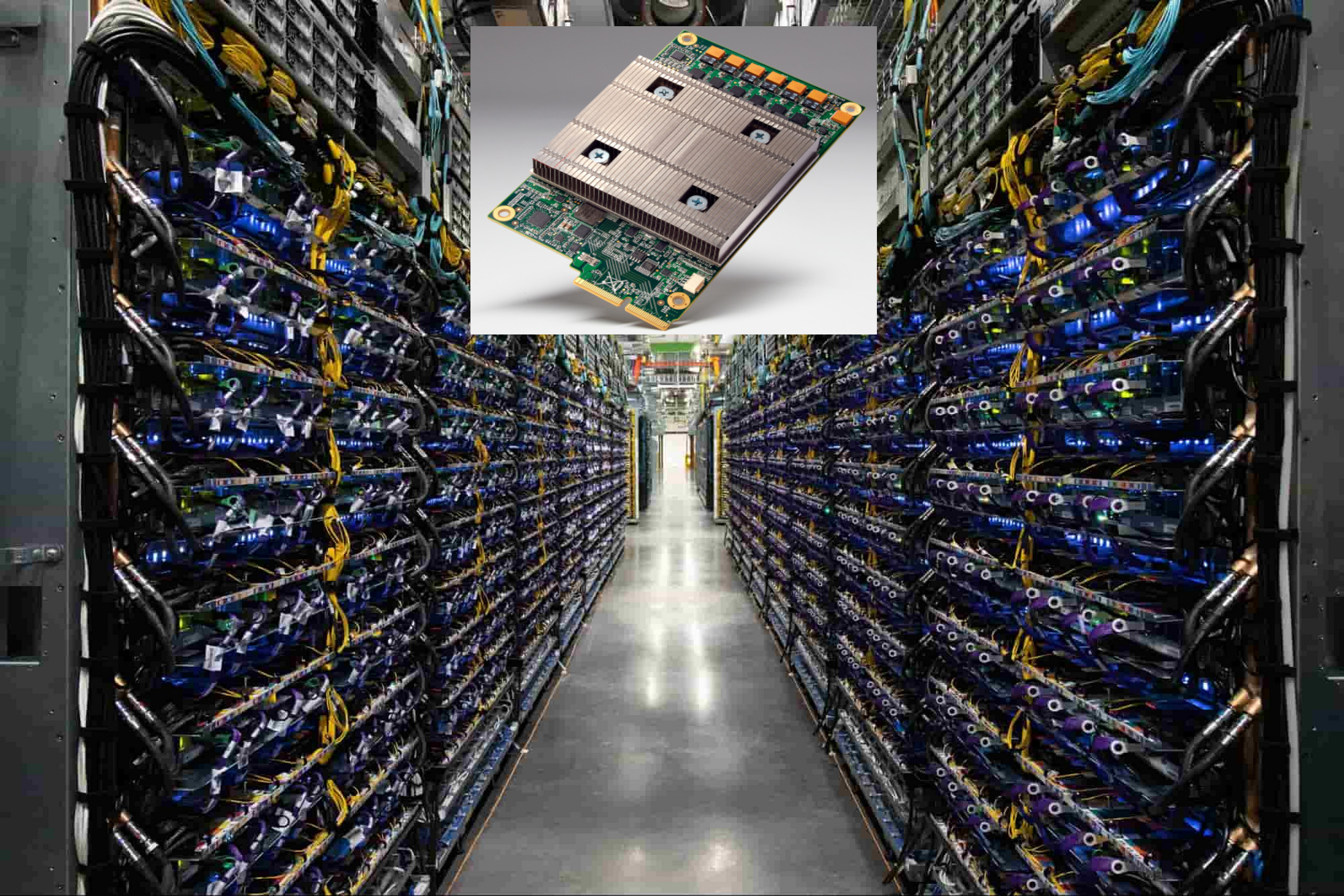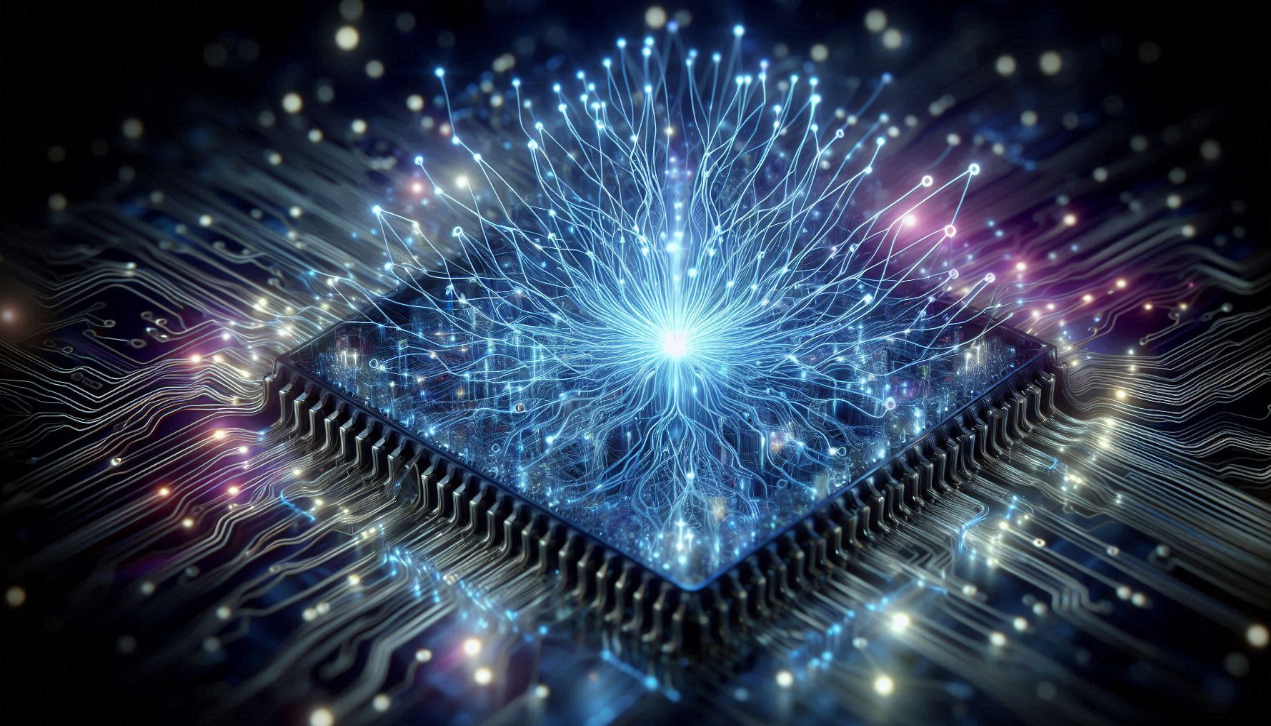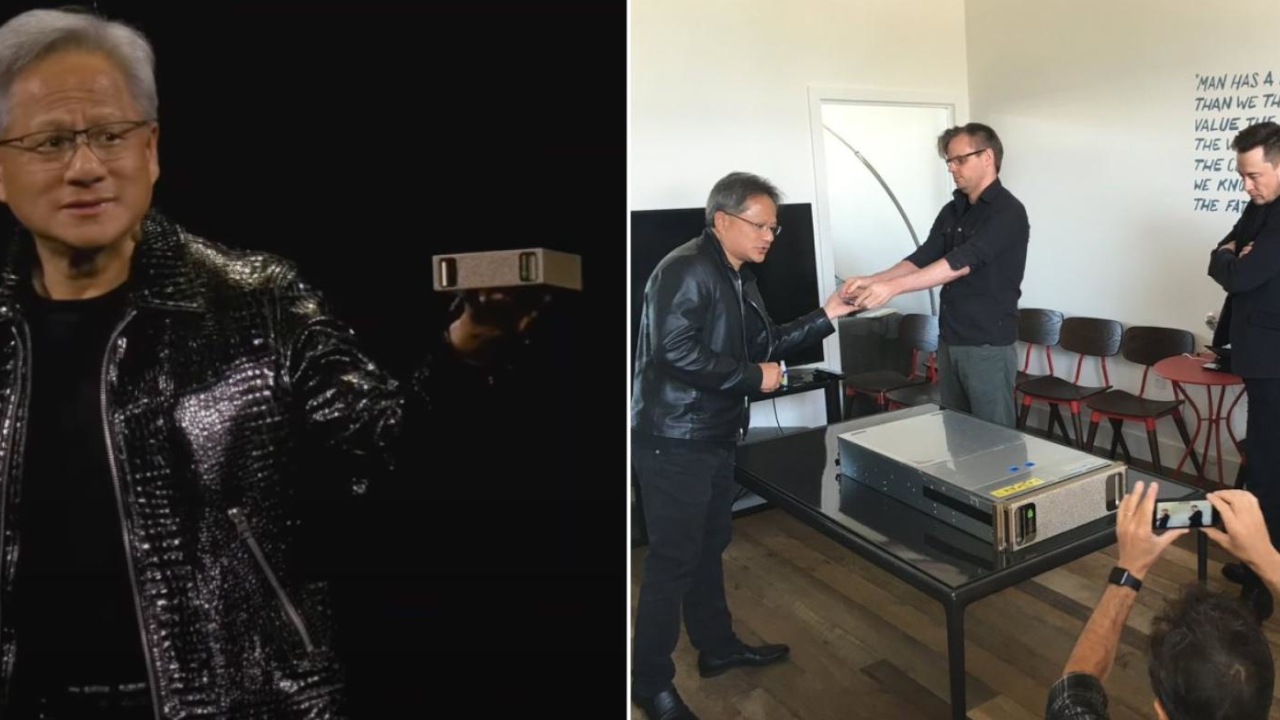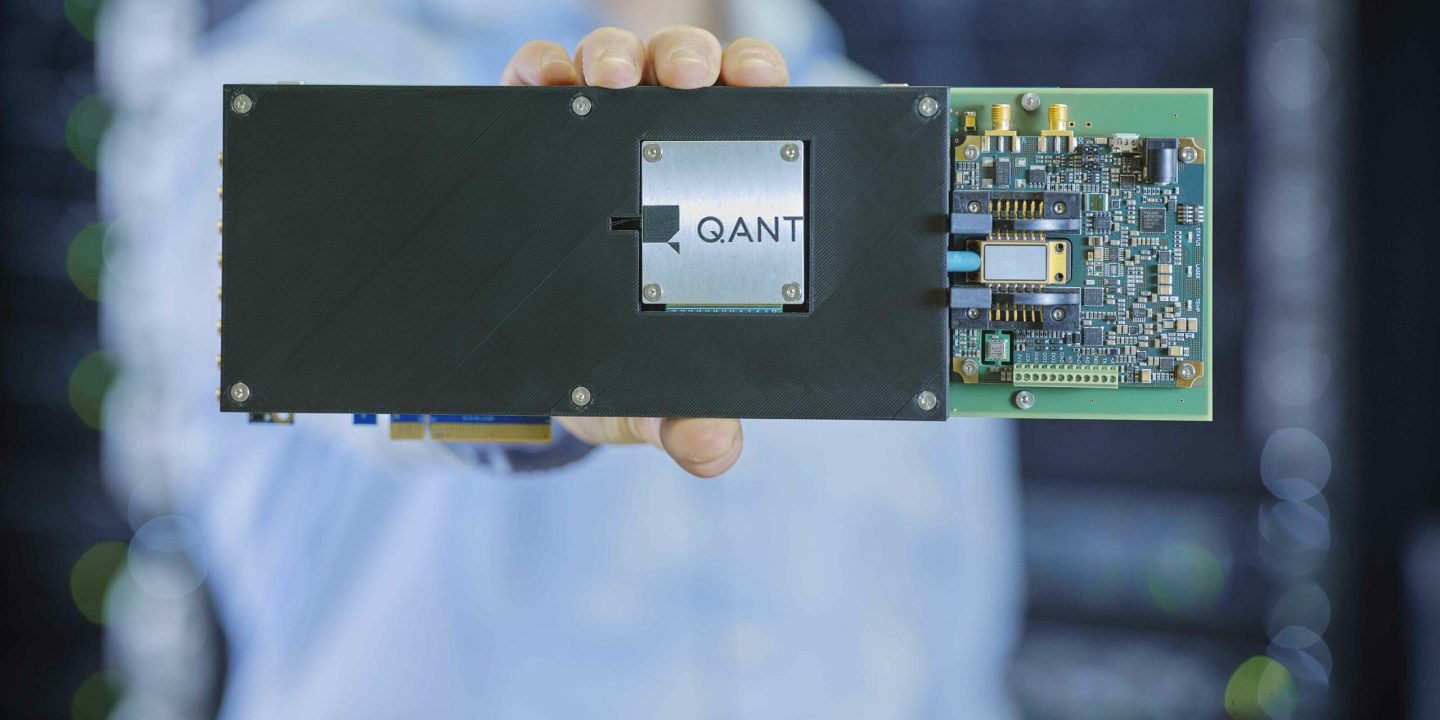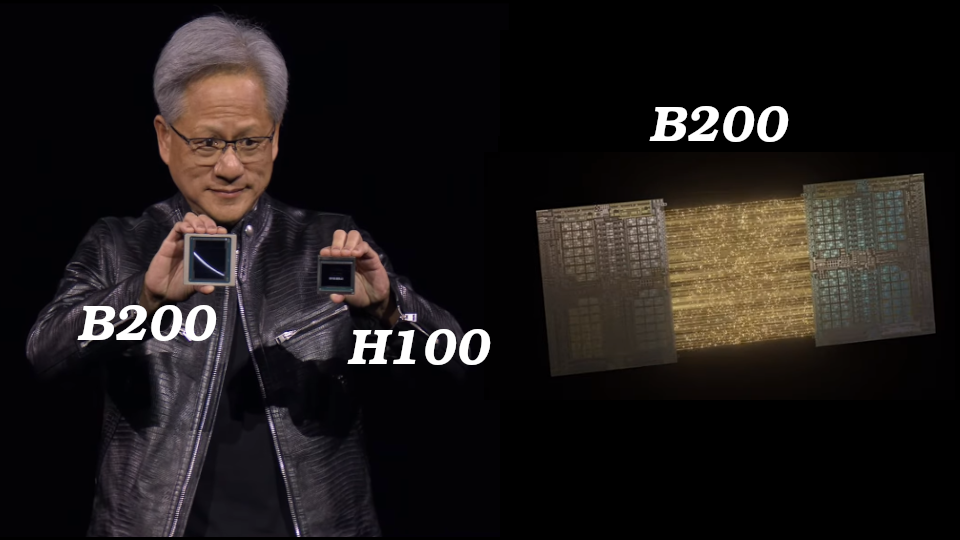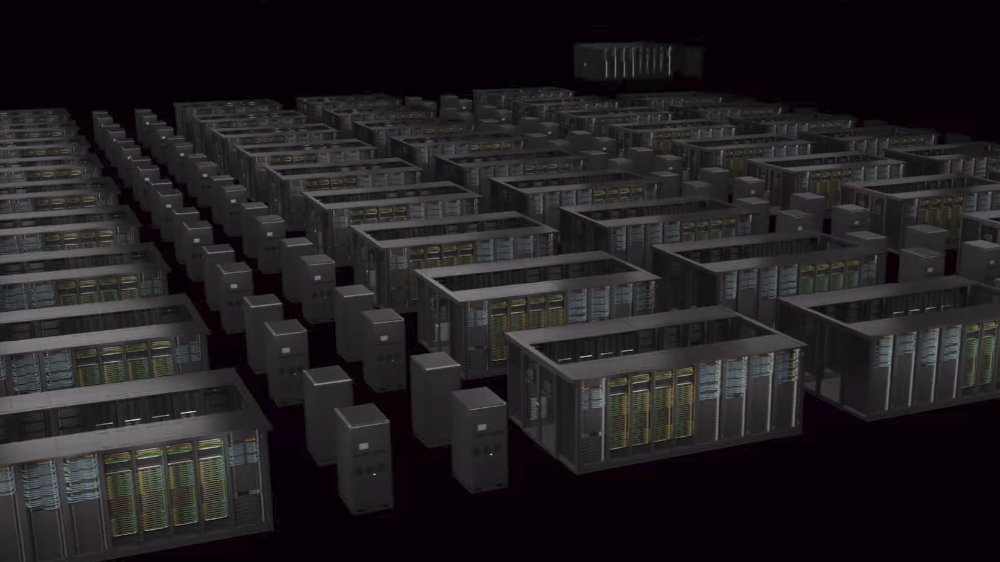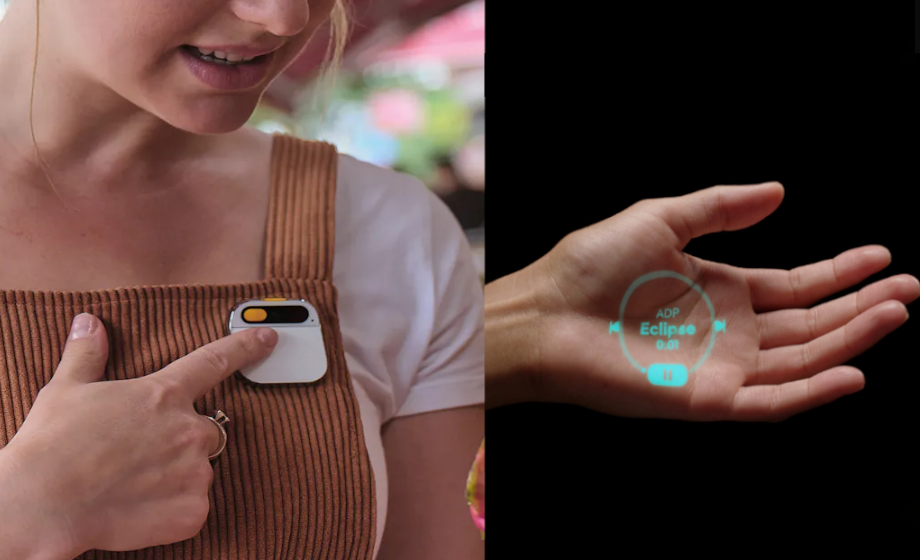Researchers from the Universities of Minnesota and Arizona have developed a new type of computational random access memory (CRAM) whose cells not only store information but can also perform calculations directly without the need to transfer data to the processor, as is the case with current computing devices.
Most computers operate based on the von Neumann architecture, which separates memory from the processing unit. Information is transferred from memory to the processor for calculations and then the results are returned to be stored in memory. This architecture is inefficient for applications requiring a large amount of data exchange between memory and the processor, such as artificial intelligence systems, as this exchange consumes a significant amount of time and energy.
Researchers aim to solve these problems using CRAM. They have built the first device to test their technology, which relies on magnetic tunnel junctions (MTJs). Memory cells can store information and, when calculations are needed, change their state to become computational registers. They conducted several preliminary tests, including basic logic operations and matrix multiplication, a fundamental operation in AI.
The researchers found that this memory can accelerate these operations and provide significant energy savings of up to 1000 times. They estimate that in some AI applications, they can save up to 2700 times the energy.
The researchers published the results of their research in npj Unconventional calculations, a peer-reviewed scientific journal published by Nature. This technology appears promising for accelerating and reducing the costs of AI, but building larger devices to meet the needs of commercial applications requires ongoing research and more complex techniques to preserve the advantages of this memory in larger and more complex architectures.
The team is working with some semiconductor manufacturers to overcome these obstacles and reach a commercial product that could replace today’s AI devices.


